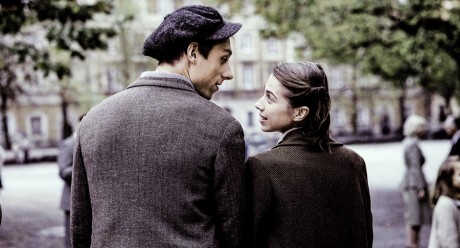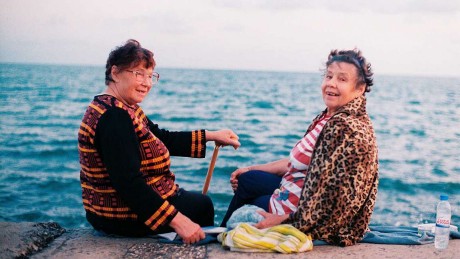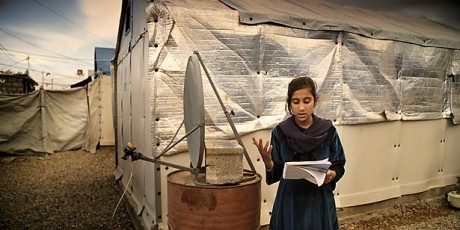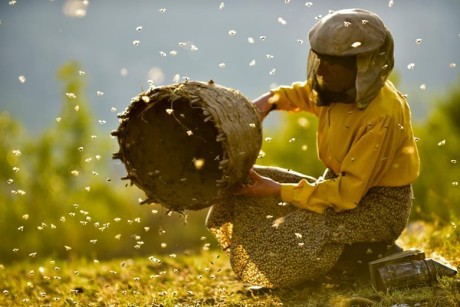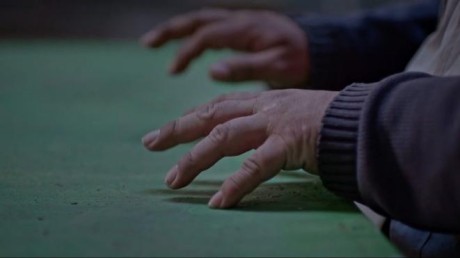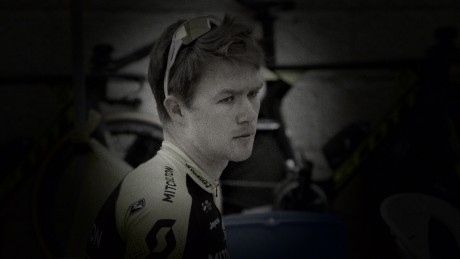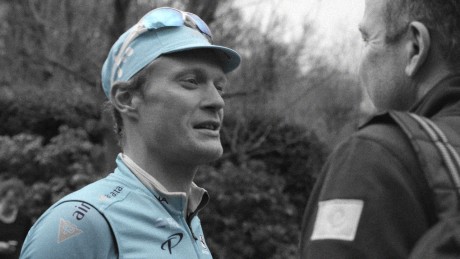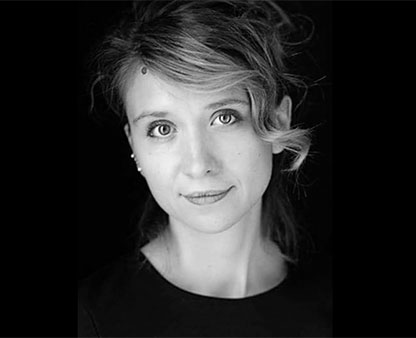
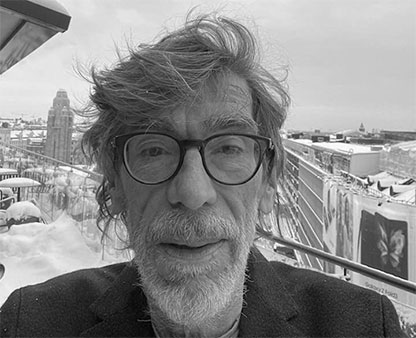
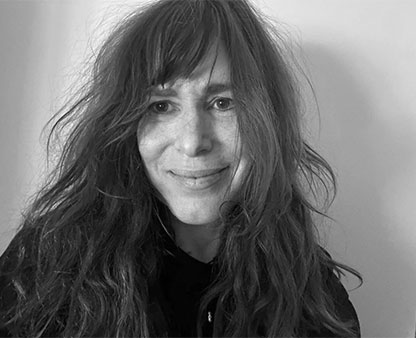
Sergei Loznitsa: State Funeral
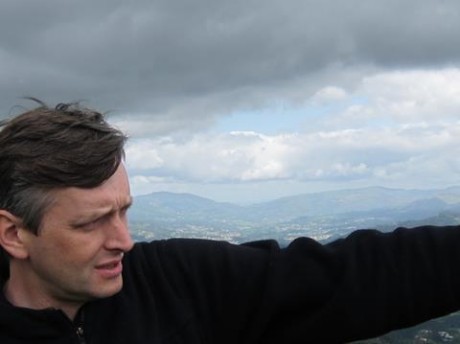
There he goes again, the master of dealing creatively with archive, Sergei Loznitsa. His new film, to be premiered at the Venice International Film Festival (August 28 – September 7), entitled ”State Funeral” is – I have copy-pasted from Screen Daily, link below for the whole article –
… about the “grandiose, terrifying and grotesque” spectacle of the funeral of Joseph Stalin.
It will be the latest of Loznitsa’s montage films based on archive footage following Blockade, Revue, The Event and The Trial…
“I have been working with footage which was shot between March 5-8, 1953 for a film called The Great Farewell by directors including Sergei Gerasimov and Ilya Kopalin,” Loznitsa explains. “But the film was banned after people in the Soviet government saw it and so it was never released. The film only appeared during the period of perestroika in the 1990s.”
Berlin-based Loznitsa worked with 100 reels of material he found in the Russian state archive, which includes footage of the four-day event in Berlin, Warsaw and Prague as well as the major Soviet cities.
“The film will follow the chronology of the four days – from the announcement of Stalin’s death to the funeral in the Red Square,“ Loznitsa explained. “I want to present audiences with the opportunity to be inside that time and feel it.
“My generation can now start to talk about this time because for previous generations like that of my parents, there are still the painful memories,“
https://www.screendaily.com/searchresults?qkeyword=loznitsa
Review of «The Trial»: http://www.filmkommentaren.dk/blog/blogpost/4393/
Review of “The Event”: http://www.filmkommentaren.dk/blog/blogpost/4148/


